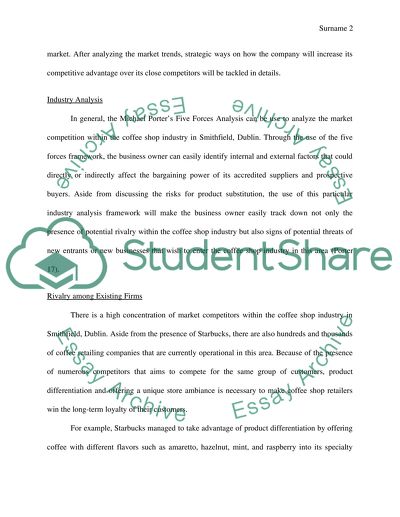Cite this document
(“Industry & Market Analysis Essay Example | Topics and Well Written Essays - 3000 words”, n.d.)
Retrieved from https://studentshare.org/marketing/1402471-industry-market-analysis
Retrieved from https://studentshare.org/marketing/1402471-industry-market-analysis
(Industry & Market Analysis Essay Example | Topics and Well Written Essays - 3000 Words)
https://studentshare.org/marketing/1402471-industry-market-analysis.
https://studentshare.org/marketing/1402471-industry-market-analysis.
“Industry & Market Analysis Essay Example | Topics and Well Written Essays - 3000 Words”, n.d. https://studentshare.org/marketing/1402471-industry-market-analysis.


